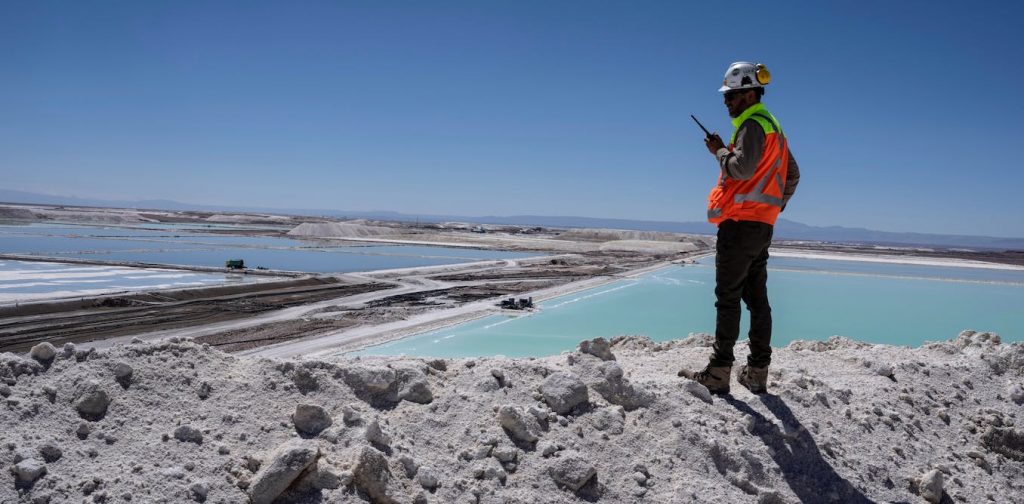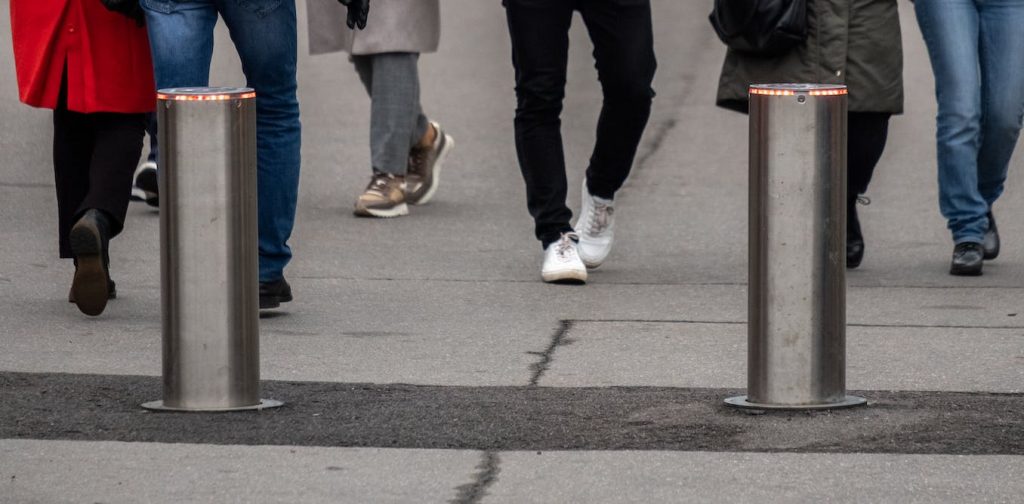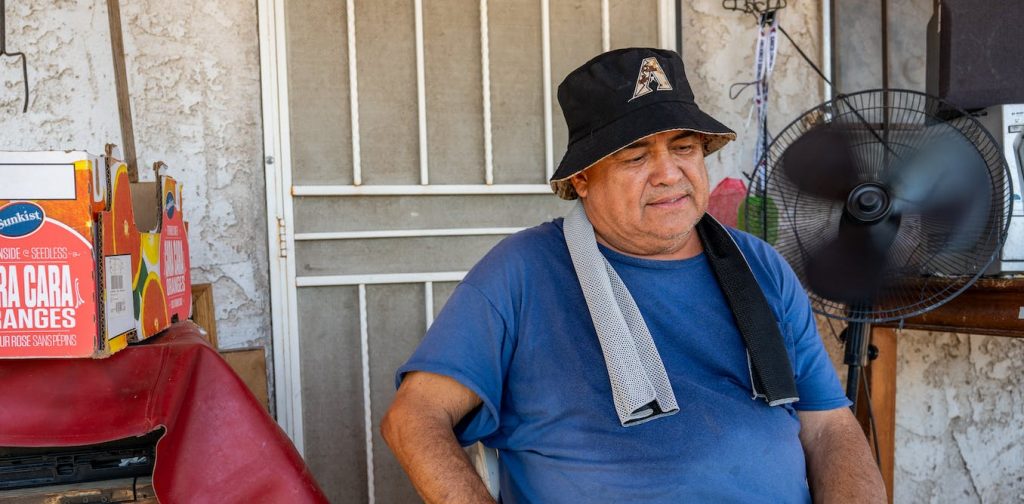Machines can’t always take the heat − two engineers explain the physics behind how heat waves threaten everything from cars to computers
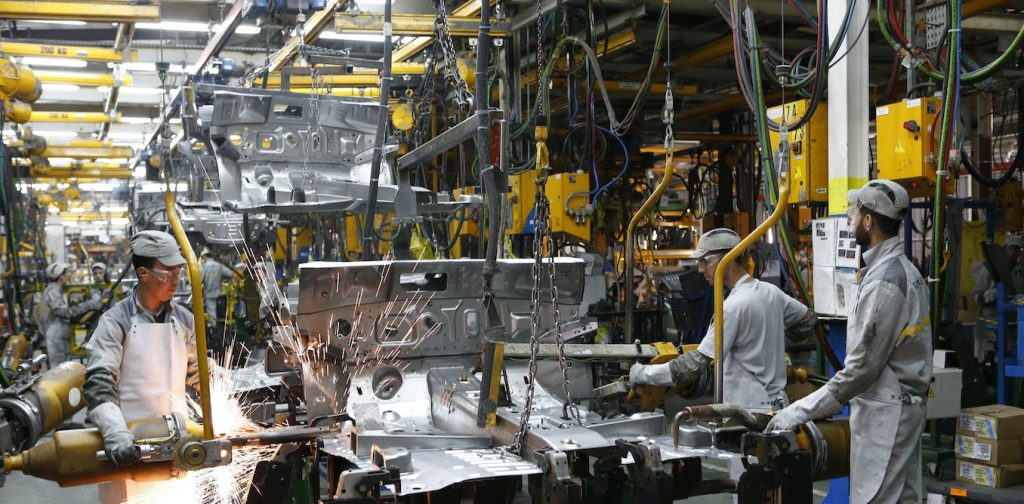
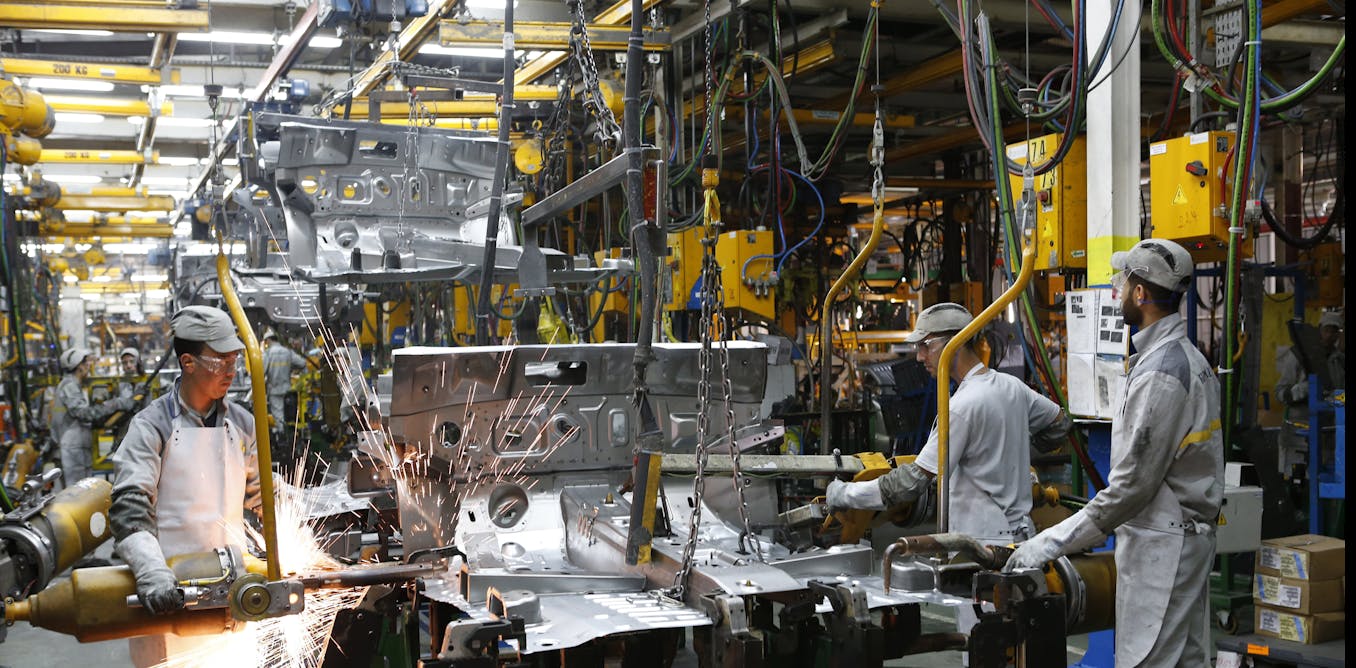
Not only people need to stay cool, especially in a summer of record-breaking heat waves. Many machines, including cellphones, data centers, cars and airplanes, become less efficient and degrade more quickly in extreme heat. Machines generate their own heat, too, which can make hot temperatures around them even hotter.
We are engineering researchers who study how machines manage heat and ways to effectively recover and reuse heat that is otherwise wasted. There are several ways extreme heat affects machines.
No machine is perfectly efficient – all machines face some internal friction during operation. This friction causes machines to dissipate some heat, so the hotter it is outside, the hotter the machine will be.
Cellphones and similar devices with lithium ion batteries stop working as well when operating in climates above 95 degrees Farenheit (35 degrees Celsius) – this is to avoid overheating and increased stress on the electronics.
Cooling designs that use innovative phase-changing fluids can help keep machines cool, but in most cases heat is still ultimately dissipated into the air. So, the hotter the air, the harder it is to keep a machine cool enough to function efficiently.
Plus, the closer together machines are, the more dissipated heat there will be in the surrounding area.
Deforming materials
Higher temperatures, either from the weather or the excess heat radiated from machinery, can cause materials in machinery to deform. To understand this, consider what temperature means at the molecular level.
At the molecular scale, temperature is a measure of how much molecules are vibrating. So the hotter it is, the more the molecules that make up everything from the air to the ground to materials in machinery vibrate.
When metal is heated, the molecules in it vibrate faster and the space between them moves farther apart. This leads the metal to expand.
As the temperature increases and the molecules vibrate more, the average space between them grows, causing most materials to expand as they heat up. Roads are one place to see this – hot concrete expands, gets constricted and eventually cracks. This phenomenon can happen to machinery, too, and thermal stresses are just the beginning of the problem.
 Streets crack under heat because higher temperatures create more space between vibrating molecules, causing the material to expand and deform. Priscila Zambotto/Moment via Getty Images
Streets crack under heat because higher temperatures create more space between vibrating molecules, causing the material to expand and deform. Priscila Zambotto/Moment via Getty Images
Travel delays and safety risks
High temperatures can also change the way oils in your car’s engine behave, leading to potential engine failures. For example, if a heat wave makes it 30 degrees F (16.7 degrees C) hotter than normal, the viscosity – or thickness – of typical car engine oils can change by a factor of three.
Fluids like engine oils become thinner as they heat up, so if it gets too hot, the oil may not be thick enough to properly lubricate and protect engine parts from increased wear and tear.
Additionally, a hot day will cause the air inside your tires to expand and increases the tire pressure, which could increase wear and the risk of skidding.
Airplanes are also not designed to take off at extreme temperatures. As it gets hotter outside, air starts to expand and takes up more space than before, making it thinner or less dense. This reduction in air density decreases the amount of weight the plane can support during flight, which can cause significant travel delays or flight cancellations.
Battery degradation
In general, the electronics contained in devices like cellphones, personal computers and data centers consist of many kinds of materials that all respond differently to temperature changes. These materials are all located next to each other in tight spaces. So as the temperature increases, different kinds of materials deform differently, potentially leading to premature wear and failure.
Lithium ion batteries in cars and general electronics degrade faster at higher operating temperatures. This is because higher temperatures increase the rate of reactions within the battery, including corrosion reactions that deplete the lithium in the battery. This process wears down its storage capacity. Recent research shows that electric vehicles can lose about 20% of their range when exposed to sustained 90-degree Farenheit weather.
Data centers, which are buildings full of servers that store data, dissipate significant amounts of heat to keep their components cool. On very hot days, fans must work harder to ensure chips do not overheat. In some cases, powerful fans are not enough to cool the electronics.
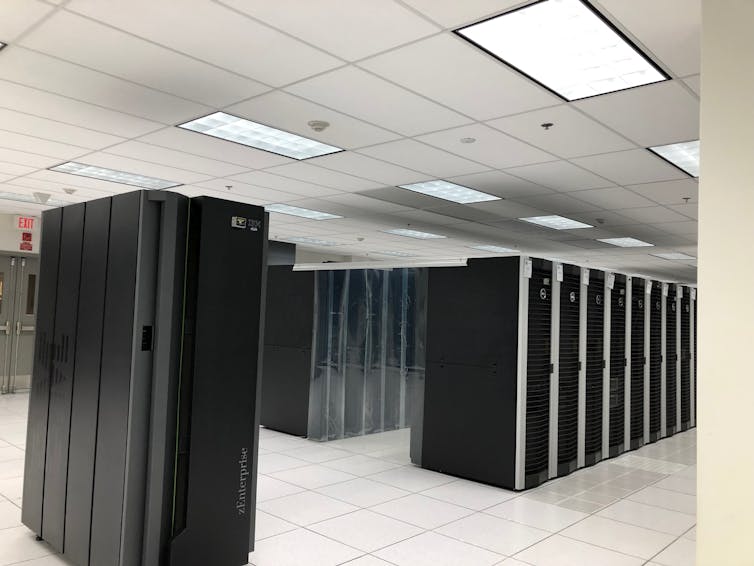 Data centers, which store large quantities of data, can overheat and require large-scale cooling − which adds to their environmental footprint. AP Photo/Julie Carr Smyth
Data centers, which store large quantities of data, can overheat and require large-scale cooling − which adds to their environmental footprint. AP Photo/Julie Carr Smyth
To keep the centers cool, incoming dry air from the outside is often first sent through a moist pad. The water from the pad evaporates into the air and absorbs heat, which cools the air. This technique, called evaporative cooling, is usually an economical and effective way to keep chips at a reasonable operating temperature.
However, evaporative cooling can require a significant amount of water. This issue is problematic in regions where water is scarce. Water for cooling can add to the already intense resource footprint associated with data centers.
Struggling air conditioners
Air conditioners struggle to perform effectively as it gets hotter outside – just when they’re needed the most. On hot days, air conditioner compressors have to work harder to send the heat from homes outside, which in turn disproportionally increases electricity consumption and overall electricity demand.
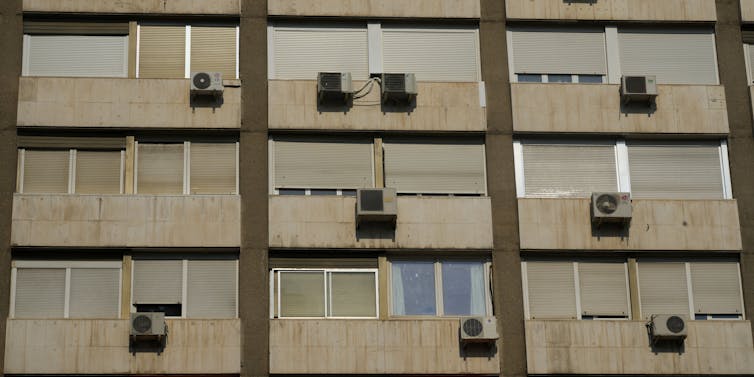 Heat waves can stress air conditioners, which are already working hard to dissipate heat. AP Photo/Paul White
Heat waves can stress air conditioners, which are already working hard to dissipate heat. AP Photo/Paul White
For example, in Texas, every increase of 1.8 degrees F (1 degree C) creates a rise of about 4% in electricity demand.
Heat leads to a staggering 50% increase in electricity demand during the summer in hotter countries, posing serious threats of electricity shortages or blackouts, coupled with higher greenhouse gas emissions.
How to prevent heat damage
Heat waves and warming temperatures around the globe pose significant short- and long-term problems for people and machines alike. Fortunately, there are things you can do to minimize the damage.
First, ensure that your machines are kept in an air-conditioned, well-insulated space or out of direct sunlight.
Second, consider using high-energy devices like air conditioners or charging your electric vehicle during off-peak hours when fewer people are using electricity. This can help avoid local electricity shortages.
Reusing heat
Scientists and engineers are developing ways to use and recycle the vast amounts of heat dissipated from machines. One simple example is using the waste heat from data centers to heat water.
Waste heat could also drive other kinds of air-conditioning systems, such as absorption chillers, which can actually use heat as energy to support coolers through a series of chemical- and heat-transferring processes.
In either case, the energy needed to heat or cool something comes from heat that is otherwise wasted. In fact, waste heat from power plants could hypothetically support 27% of residential air-conditioning needs, which would reduce overall energy consumption and carbon emissions.
Extreme heat can affect every aspect of modern life, and heat waves aren’t going away in the coming years. However, there are opportunities to harness extreme heat and make it work for us.
